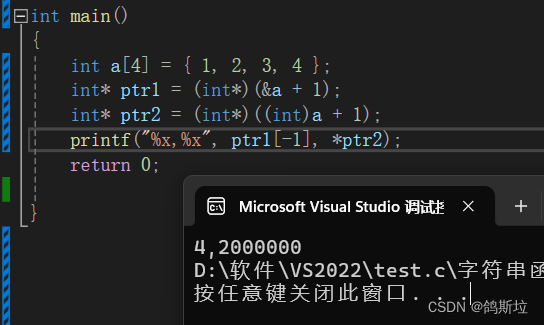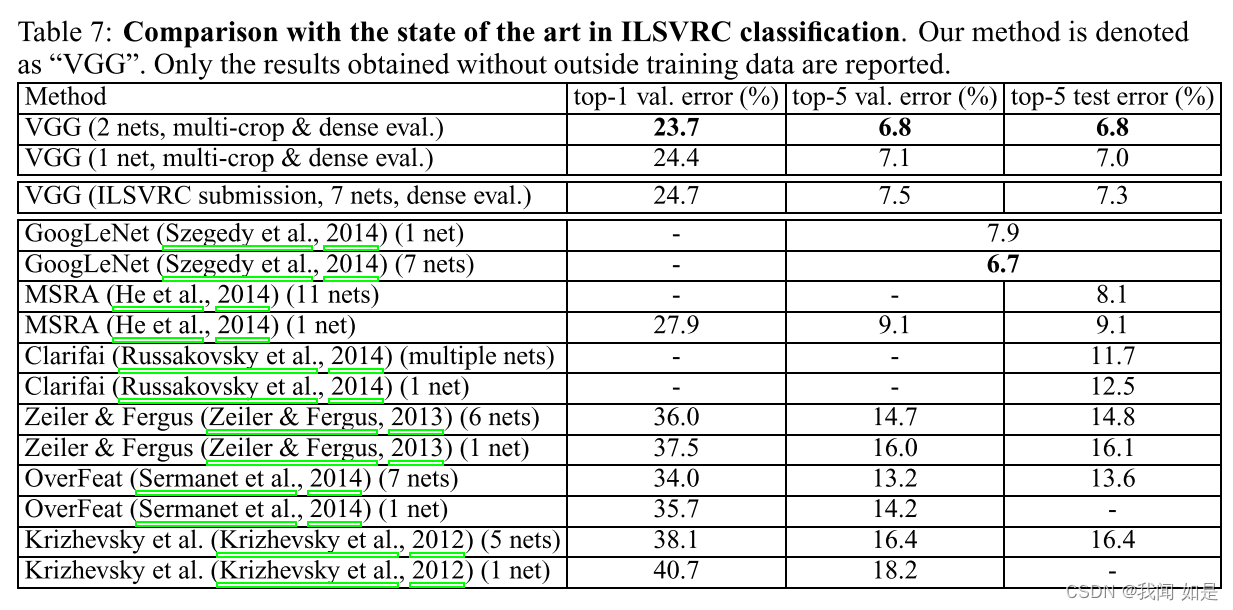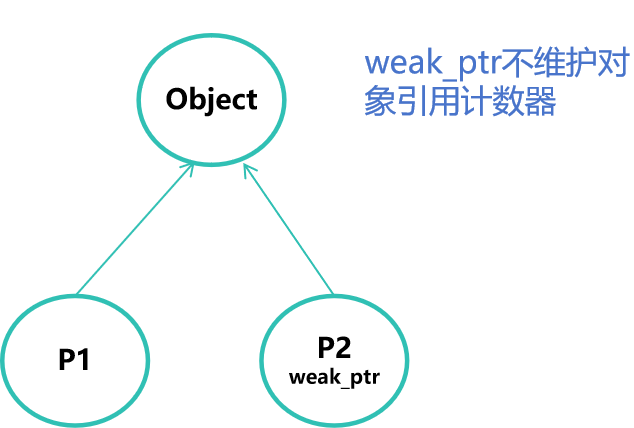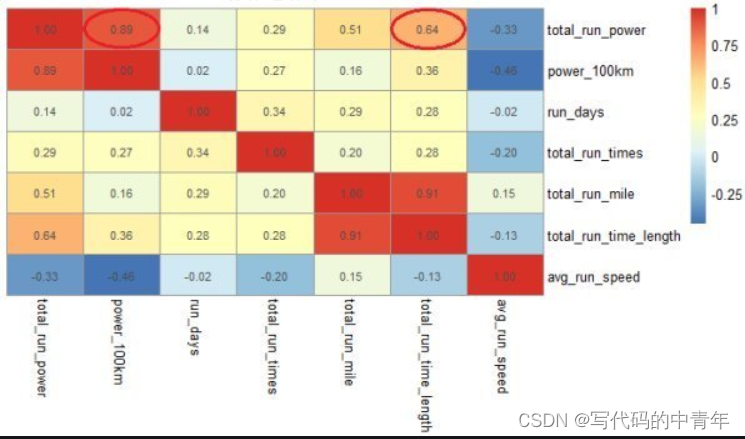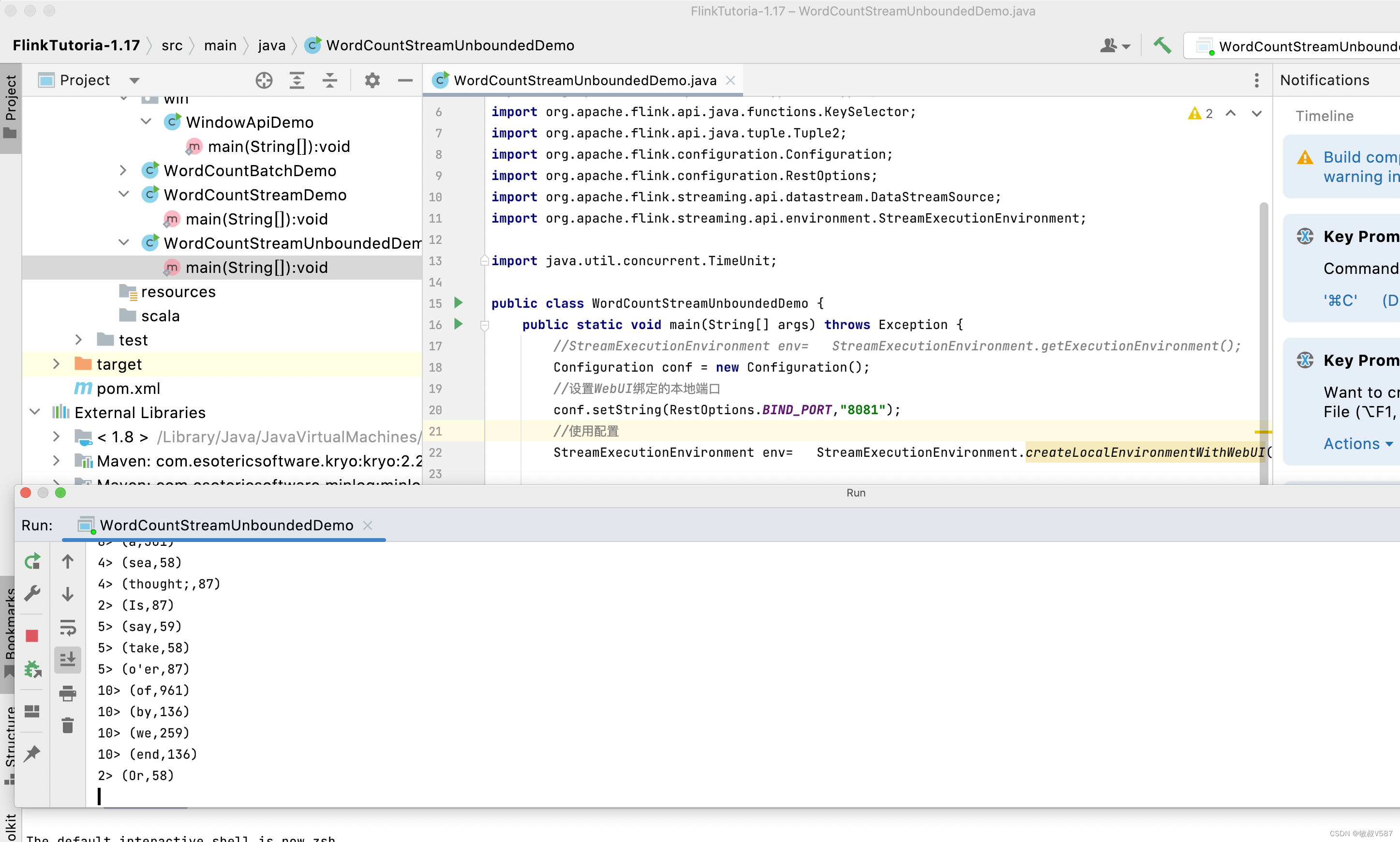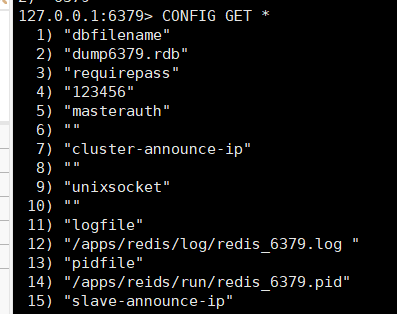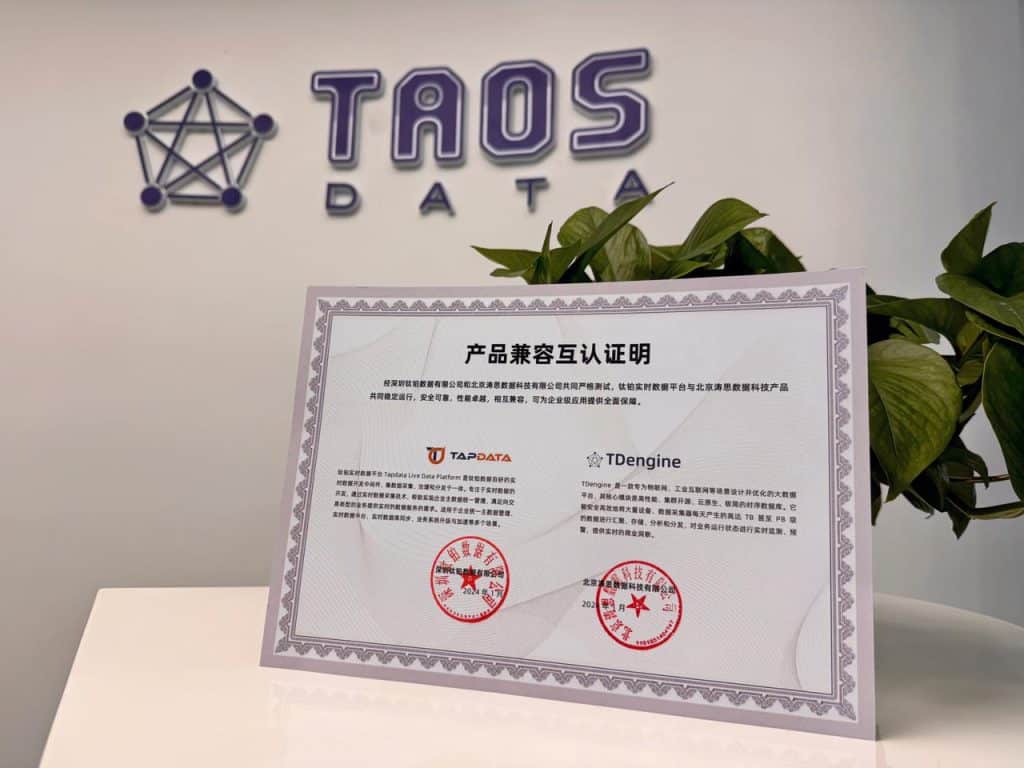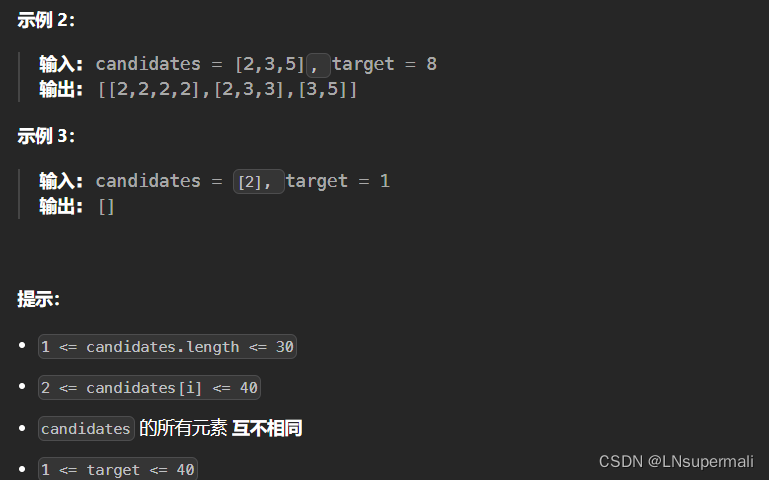在20世纪80年代提出了面向对象的程序设计(Object oriented programming, OOP)思想,在此形势下,C++由AT&TBell(贝尔)实验室于20世纪80年代初在C语言的基础上开发成功,C++保留了C语言原有的所有优点,增加了面向对象的机制。为了强调它是C语言的增强版本,用了C语言的自加运算符“++”,改称为C++。
如果你有Java、C#、PHP、NodeJs等语言基础,再来了解C++,会发现它们在面向对象编程方面有许多相似之处,有封装、继承、多态、类与对象、访问个修饰符等。
这里通过一个简单的程序,了解下C++对象是如何声明和实例的。
一、实例学生类
在C++中,输出流cout必须和输出运算符“<<”一起使用,"<<"在这里不是作为位运算的左移运算符,而是起插入的作用。标准输入流cin是从键盘向内存流动的数据,用">>"运算符从输入设备键盘取得数据送到输入流cin中。
#include <iostream> //下面用到的cin输入和cout输出时需要用到此头文件
using namespace std; //使用命名空间std
/**
* 学生类
*/
class Student{
// 定义私有属性
private:
char name[10];
int num;
int score;
// 定义对外函数
public:
// 输入数据
void setdata(){
cin >> name;
cin >> num;
cin >> score;
}
// 显示内容
void display(){
cout << "- - - - - - - - - - - - - - - - - - - - - - " << endl;
cout << "name:" << name << endl;
cout << "num=" << num << endl;
cout << "score=" << score << endl;
};
};
// 定义Student对象变量stud1, stud2
Student stud1, stud2;
int main(){
// 输入姓名、学号、成绩
stud1.setdata();
stud2.setdata();
// 输出结果
stud1.display();
stud2.display();
}编译结果如下:
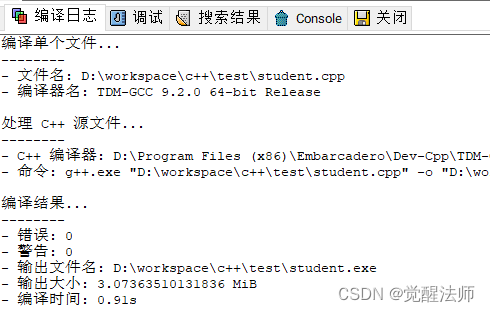
运行结果如下:

二、比较成绩
增加maxScore()函数,用来比较学生间成绩最高分,代码如下:
#include <iostream> //下面用到的cin输入和cout输出时需要用到此头文件
using namespace std; //使用命名空间std
/**
* 学生类
*/
class Student{
// 定义私有属性
private:
char name[10];
int num;
int score;
// 定义对外函数
public:
// 输入数据
void setdata(){
cin >> name;
cin >> num;
cin >> score;
}
// 显示内容
void display(){
cout << "- - - - - - - - - - - - - - - - - - - - - - " << endl;
cout << "name:" << name << endl;
cout << "num=" << num << endl;
cout << "score=" << score << endl;
}
// 获取成绩
int getScore(){
return score;
}
// 获取姓名
char* getName(){
return name;
};
};
// 判断成绩大小
Student maxScore(Student s1, Student s2){
return s1.getScore() > s2.getScore() ? s1 : s2;
}
// 定义Student对象变量stud1, stud2
Student stud1, stud2;
int main(){
// 输入姓名、学号、成绩
stud1.setdata();
stud2.setdata();
// 输出结果
stud1.display();
stud2.display();
// 计算最高成绩
Student ms = maxScore(stud1, stud2);
cout << "- - - - - - - - - - - - - - - - - - - - - - " << endl;
cout << ms.getName() << " had the highest score with a score of " << ms.getScore() << endl;
}编译结果如下:

运行结果如下:

三、char和char*区别
char和char*在C++中有显著的区别,主要体现在数据类型、内存占用、值和用途以及字符串的表示等方面。char和char*在C++中各有其独特的用途和特性,理解它们的区别对于正确编写和使用C++程序至关重要。
- char是C++中的基本数据类型,表示一个字符,它占据一个字节的内存空间,可以存储ASCII码表中的任意一个字符。
- char*通常用于表示字符串或字符数组的起始位置,指向一个以空字符('\0')结尾的字符数组,这样就可以表示一个字符串。
错误写法(会报错误:[Error] invalid conversion from 'char*' to 'char' [-fpermissive]):
char getName(){
return name;
};正确写法:
char* getName(){
return name;
};四、右对齐
要想实现内容右对齐,可以使用控制符setw设置(注意:若使用setw,必须包含头文件iomanip),否则会报错:[Error] 'setw' was not declared in this scope; did you mean 'getw'?,错误中已提示当前此范围内未声明setw,通过#include引入即可。
另外,若超出设置设置列数,则按实际长度输出。
代码如下:
#include <iostream> //下面用到的cin输入和cout输出时需要用到此头文件
#include <iomanip> // setw设置时需要用到此头文件
using namespace std; //使用命名空间std
/**
* 学生类
*/
class Student{
// 定义私有属性
private:
char name[10];
int num;
int score;
// 定义对外函数
public:
// 输入数据
void setdata(){
cin >> name;
cin >> num;
cin >> score;
}
// 显示内容
void display(){
cout << "- - - - - - - - - - - - - - - - - - - - - - " << endl;
cout << setw(6) << "name:" << setw(8) << name << endl;
cout << setw(6) << "num=" << setw(8) << num << endl;
cout << setw(6) << "score=" << setw(8) << score << endl;
}
// 获取成绩
int getScore(){
return score;
}
// 获取姓名
char* getName(){
return name;
};
};
// 判断成绩大小
Student maxScore(Student s1, Student s2){
return s1.getScore() > s2.getScore() ? s1 : s2;
}
// 定义Student对象变量stud1, stud2
Student stud1, stud2;
int main(){
// 输入姓名、学号、成绩
stud1.setdata();
stud2.setdata();
// 输出结果
stud1.display();
stud2.display();
// 计算最高成绩
Student ms = maxScore(stud1, stud2);
cout << "- - - - - - - - - - - - - - - - - - - - - - " << endl;
cout << ms.getName() << " had the highest score with a score of " << ms.getScore() << endl;
}编译结果如下:

运行结果如下:

